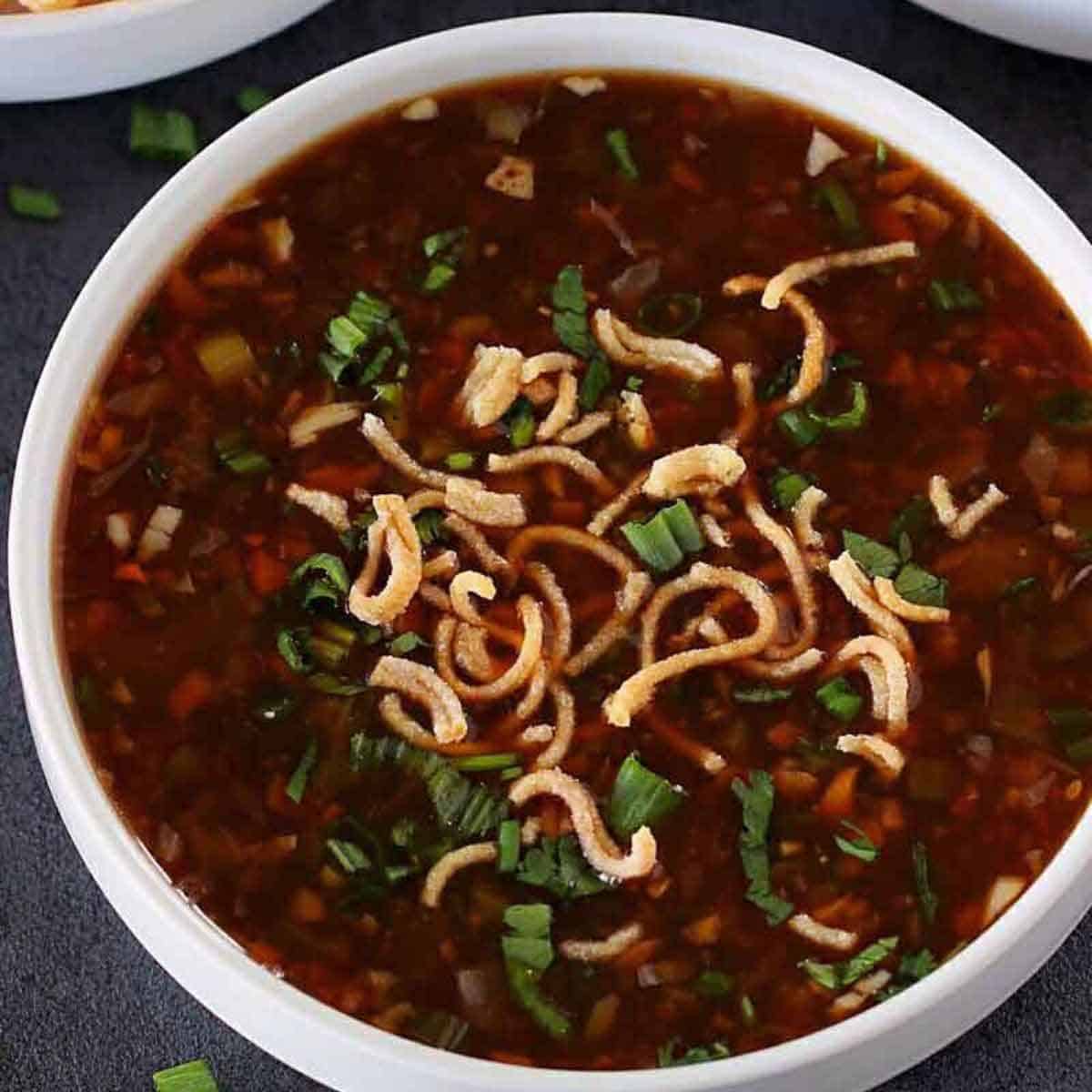Introduction:
Panjiri Recipe: Panjiri is a wholesome and nutritious Indian sweet known for its crumbly and coarse texture. Prepared using whole wheat flour (atta), ghee, dry fruits, gum, and seeds, this traditional recipe is a favorite during festivals like Janmashtami and is often offered as bhog prasad. Panjiri is not only delicious but also packed with goodness, making it an ideal choice for new moms as a nutritional supplement to promote healing and lactation. It’s also popular during winters for its nourishing properties.
Tips for Making Panjiri Recipe:
- Ensure that all the pieces of gum (gond) are well-puffed to avoid any unpleasant texture.
- Stir the flour continuously while roasting to prevent burning.
- Raisins can be added for extra sweetness and flavor.
- Store panjiri in an airtight container to maintain its freshness for 2 to 3 weeks.
Panjiri Recipe Ingredients:
For Panjiri
- 3/4 cup ghee
- 2 tbsp edible gum (gond)
- 1 cup lotus seeds (makhana)
- 1/4 cup almonds (badam)
- 1/4 cup cashew nuts (kaju)
- 2 tbsp chopped pistachios
- 3 tbsp melon seeds (charmagaz)
- 2 cups whole wheat flour (gehun ka atta)
- 1/4 cup semolina (rava / sooji)
- 1/2 tbsp cardamom (elaichi) powder
- 1/2 tbsp dried ginger powder (sonth)
- 3/4 cup powdered sugar
Panjiri Recipe Method:
For Panjiri
- Heat 2 tbsp ghee in a broad bottom pan and roast the edible gum (gond) until it puffs up, stirring continuously for about 1 minute. Remove it onto a plate.
- In the same pan, heat another 2 tbsp ghee and roast the lotus seeds (makhana) for 3 to 4 minutes until slightly browned. Remove and crush them slightly once cooled.
- Roast almonds, cashew nuts, and pistachios in the same pan with 2 tbsp ghee for 2 to 3 minutes until lightly browned. Remove and allow to cool completely.
- Grind the roasted gum and nuts into a coarse powder using a mixer.
- Roast melon seeds in the same pan for 1 minute until lightly browned. Remove onto a plate.
- Heat 1/4 cup ghee in the same pan and roast whole wheat flour and semolina on medium flame for 8-10 minutes, stirring continuously until nicely browned and fragrant. Allow to cool completely.
- Transfer the flour mixture to a large plate and add crushed makhana, ground dry fruits powder, cardamom powder, ginger powder, and powdered sugar. Mix well.
- Serve or store the panjiri as required.
Nutritional Values (per serving):
- Energy: 790 cal
- Protein: 13.3 g
- Carbohydrates: 85.5 g
- Fiber: 7.7 g
- Fat: 45 g
- Cholesterol: 0 mg
- Sodium: 17.1 mg
Conclusion:
Panjiri Recipe, with its unique taste and nutritional benefits, holds a special place in Indian cuisine. Whether enjoyed during festivals, as a postpartum supplement, or as a wholesome snack, Panjiri continues to be cherished for its rich flavor and healthful ingredients. By following traditional recipes and incorporating quality ingredients, Panjiri remains a beloved treat for generations to come.
FAQs about Panjiri Recipe:
What is Panjiri?
Panjiri is a traditional Indian sweet recipe known for its crumbly and coarse texture. It is made using whole wheat flour, ghee, dry fruits, gum, and seeds. Panjiri is popular during festivals like Janmashtami and is often consumed as a nutritional supplement by new moms to promote healing and lactation.
How is Panjiri different from other Indian sweets?
Unlike many other Indian sweets that are typically rich and indulgent, Panjiri stands out for its nutritious composition. It contains whole wheat flour, dry fruits, and seeds, making it a wholesome treat that offers both flavor and health benefits.
Can Panjiri be consumed year-round or is it specific to certain seasons?
While Panjiri is often associated with festivals and winter months due to its nourishing properties, it can be enjoyed year-round. Its high nutritional value makes it a suitable snack or dessert option at any time.
Is Panjiri suitable for individuals with dietary restrictions?
Panjiri can be a suitable option for individuals with certain dietary restrictions, such as vegetarians and those avoiding refined sugars. However, individuals with gluten intolerance should avoid Panjiri as it contains whole wheat flour.
How long can Panjiri be stored, and what is the best way to store it?
Panjiri can be stored in an airtight container for up to 2 to 3 weeks. It is best stored in a cool, dry place away from direct sunlight to maintain its freshness and flavor over time.

